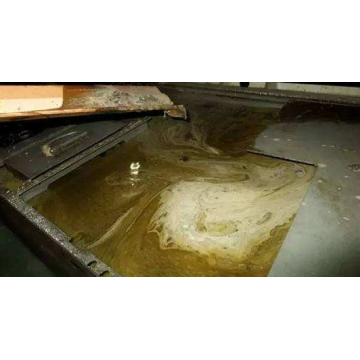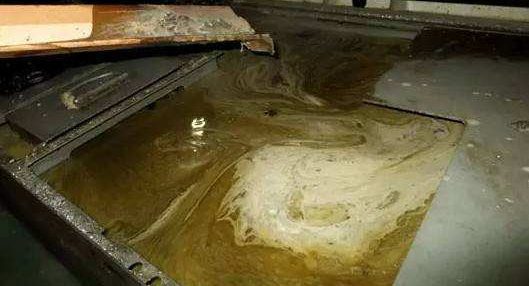
Privacy statement: Your privacy is very important to Us. Our company promises not to disclose your personal information to any external company with out your explicit permission.
![]() September 12, 2023
September 12, 2023
 Frequent fines imposed on enterprises for violating pollution regulations
Frequent fines imposed on enterprises for violating pollution regulationsIn recent years, there have been frequent incidents of companies being notified, punished, and filed for illegally discharging oily wastewater. Therefore, it is necessary and urgent to find effective, fast, and economical methods for treating oily wastewater.

3. Electrolysis method
The electrolysis method includes electrocoagulation and electroflotation. Electrocoagulation is the electrolysis of emulsified oil wastewater using soluble electrodes. Dissolve metal ions from the soluble anode (Fe or Al), and the metal ions undergo hydrolysis to form hydroxides for adsorption, aggregation, emulsification, and dissolution of oil, followed by sedimentation to remove oil.
This method has the advantages of small footprint, good treatment effect, and relatively less scum, and is suitable for the secondary treatment of cooling lubricants in the machining industry after chemical flocculation. The disadvantages are high power consumption, high electrode loss, and high operating costs.
4. Membrane separation method
Membrane filtration method, which uses microporous membranes to trap oil droplets and surfactants, is mainly used to remove emulsified oil and certain dissolved oils, including ultrafiltration, microfiltration, and reverse osmosis methods.
The membrane separation method is most suitable for high concentration emulsified oil wastewater with high discharge requirements and small treatment capacity. However, before using membrane separation, it is necessary to pre-treat the oily wastewater to reduce the pollutant content in the influent, so that the influent water quality can ensure the stable operation of the membrane components within a certain period of time and do not produce membrane pollution.
5. Chemical method
Also known as the chemical method, which involves adding coagulants or demulsifiers to wastewater for demulsification and oil removal, and then achieving oil-water separation through sedimentation or air flotation. Especially for oily wastewater with a large amount of emulsified oil, the next step of treatment is carried out after demulsification and oil removal.
But now, many traditional coagulants and demulsifiers cannot simultaneously reduce wastewater pollutants, or the dosage is too large to be applied in practice.
The above is the To handle oily waste liquid well, these five methods must be mastered we have listed for you. You can submit the following form to obtain more industry information we provide for you.
You can visit our website or contact us, and we will provide the latest consultation and solutions
Send Inquiry
Most Popular
lastest New
Send Inquiry
Send Inquiry

Mr. James
Tel:0086-371-58651986
Fax:
Mobile Phone:+8613783582233
Email:sales@cn-lubricantadditive.com
Address:No.11 Changchun Road, High-Tech Zone, Zhengzhou, Henan
Related Products List
Mobile Site


Privacy statement: Your privacy is very important to Us. Our company promises not to disclose your personal information to any external company with out your explicit permission.

Fill in more information so that we can get in touch with you faster
Privacy statement: Your privacy is very important to Us. Our company promises not to disclose your personal information to any external company with out your explicit permission.